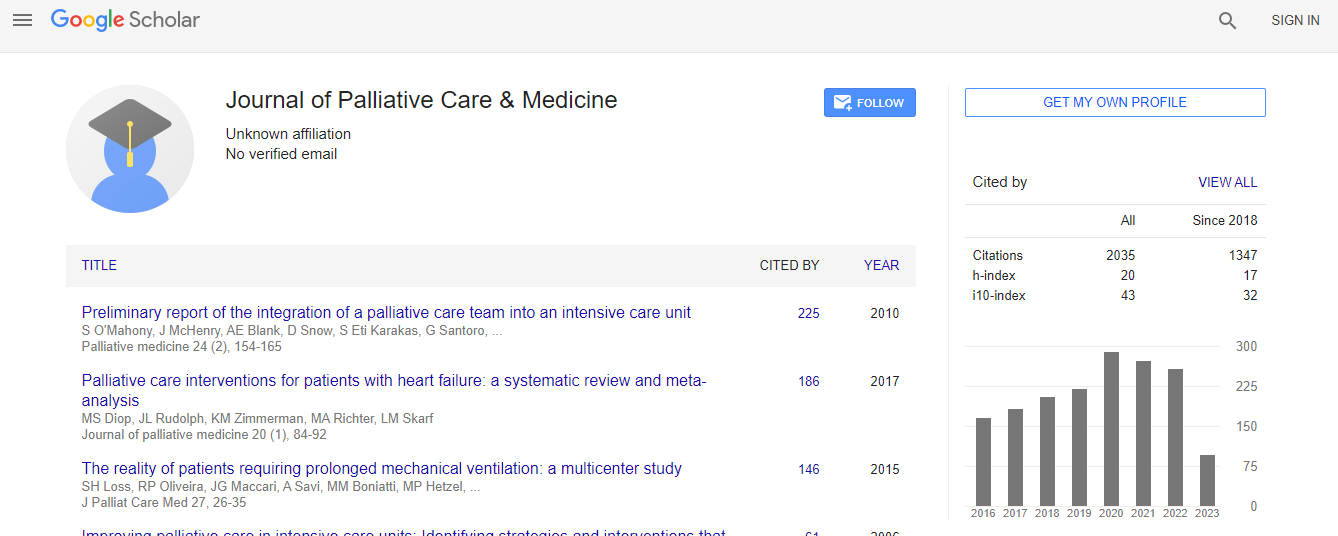Research Article
The Prevalence and Impact of Invasive Procedures in Women with Gynecologic Malignancies Referred to Hospice Care
Jessica E. Stine1*, Kemi M. Doll1, Dominic T. Moore2, Linda Van Le1,2, Emily Ko1,2, John T. Soper1,2, Daniel Clarke-Pearson1,2, Victoria Bae-Jump1,2, Paola A. Gehrig1,2 and Kenneth H. Kim1,21Division of Gynecologic Oncology, Department of Obstetrics and Gynecology, University of North Carolina, Chapel Hill, USA
2Lineberger Clinical Cancer Center, University of North Carolina, Chapel Hill, NC
- *Corresponding Author:
- Jessica E. Stine, M.D.
Lineberger Comprehensive Cancer Center
Obstetrics and Gynecology, Campus Box 7572
Chapel Hill, NC 27599-7572, USA
Tel: 919-966-5996
Fax: 919-843-5387
E-mail: jstine@unch.unc.edu
Received date: February 21, 2014; Accepted date: April 15, 2014; Published date: April 26, 2014
Citation: Stine JE, Doll KM, Moore DT, Le LV, Ko E, et al. (2014) The Prevalence and Impact of Invasive ProceduresinWomen with Gynecologic Malignancies Referred to Hospice Care. J Palliat Care Med 4:175. doi:10.4172/2165-7386.1000175
Copyright: © 2014 Stine JE, et al. This is an open-access article distributed under the terms of the Creative Commons Attribution License, which permits unrestricted use, distribution, and reproduction in any medium, provided the original author and source are credited.
Abstract
Objective: To determine the prevalence of inpatient invasive procedures performed in patients who had been referred to hospice and to evaluate the impact of the procedures on end of life (EOL) treatments and outcomes.
Study design: A retrospective analysis of gynecologic oncology patients who were discharged from the hospital to hospice care from January 2009 – June 2012, comparing those who had invasive procedures (PRO) to those who did not (NOPRO), was conducted. Clinical data included disease site and stage, course of admission, type of hospice chosen, administration of palliative chemotherapy or radiation, hospital readmissions and number and type of invasive procedures performed. Overall survival was defined as the time from the date of hospice referral to death from any cause.
Results: Eighty-eight patients were identified and the majority (46%) had ovarian cancer.Sixty-five percent (57/88) of patients had invasive procedures (PRO) in the 4 weeks prior to hospice enrollment. There was no difference in PRO vs. NOPRO groups with respect to palliative chemotherapy (91.3% vs. 83%, p=0.48) or radiation treatments (8.7% vs. 16.1%, p=0.31), the proportion of patients choosing inpatient hospice care (21% vs. 22.5%, p=0.87) or hospital readmissions (10.5% vs 9.3%, p = 1.00). Overall survival was not significantly different between the groups (56d vs 54d, p=0.71).
Conclusions: The relationship between PRO and NOPRO during EOL care did not adversely affect palliative treatment delivery, hospital re-admission rate, home vs. inpatient hospice decision or overall survival. Caution should be exercised when determining the need for invasive procedures in the palliative setting.

 Spanish
Spanish  Chinese
Chinese  Russian
Russian  German
German  French
French  Japanese
Japanese  Portuguese
Portuguese  Hindi
Hindi 
